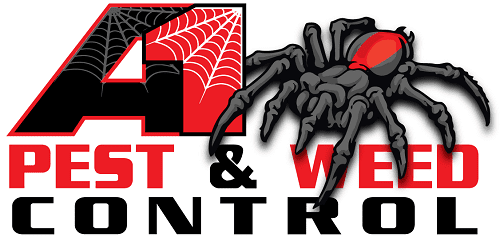


- Manufacturing & Logistics
- Offices
- Pharmaceuticals
- Public Housing & Retirement Homes
- Construction
- Education & Child Care
- End of Lease Pest Control
- Large Residential Complexes
- Sport, Fitness & Recreation
- Health & Aged Care
- Hospitality
- Local Governments
- Transport
- Real Estate
- Retail & Wholesale
- Strata Property Management
- Tourism
Read More
What should I do if I spot a wasp nest?
If you see a wasp nest near your home or business, please don’t try to remove it yourself. Contact our Commercial Hornet & Wasp Nest Removal team for assistance. We will be able to identify the nest and provide a cost estimate for removal. Sometimes, we may need to use pest control services to remove it without damage or disruption.
When it comes to pest removal, few things are as frustrating as finding a wasp nest. These insects are attracted to similar things, so it can be challenging to identify the nest without getting stung yourself. However, with some detective work, you can uncover the nest before it becomes a problem.
The easiest way to do this is by looking for a circular or cigar-shaped object attached to trees, poles, or houses. If you see any bees around the nest, be sure not to touch them – they may sting you in retaliation!
Once you’ve identified the nest, there are many safe and effective ways of removing it without harming the colony or surrounding area. Contact us today for more information on our pest removal services in Melbourne.
Types of Wasp Species Found in Melbourne
Various wasp species can be found in Melbourne, and it’s essential to know which ones are most common. The most common type of wasp in Melbourne is the hornet. Hornets are aggressive and territorial, and as such, they should only be removed by a professional pest control company. Other wasps found in Melbourne include the paper wasp, carpenter, and European honey bee.
All four species of wasps are known for nesting in commercial buildings and homes – it’s crucial to have their nest removed before they damage property or harm people! If you’re ever experiencing pest control issues in Melbourne, don’t hesitate to contact our team. We are experts in removing wasp species and restoring pest-free ecosystems.
European Wasp
- The size of a European wasp is 12-17 millimetres.
- European wasps are stingers that can be aggressive.
- Two wings are transparent. The wings of the first pair are larger.
- The queen may survive the winter months. However, the nest, which includes the male and female members, die in the winter.
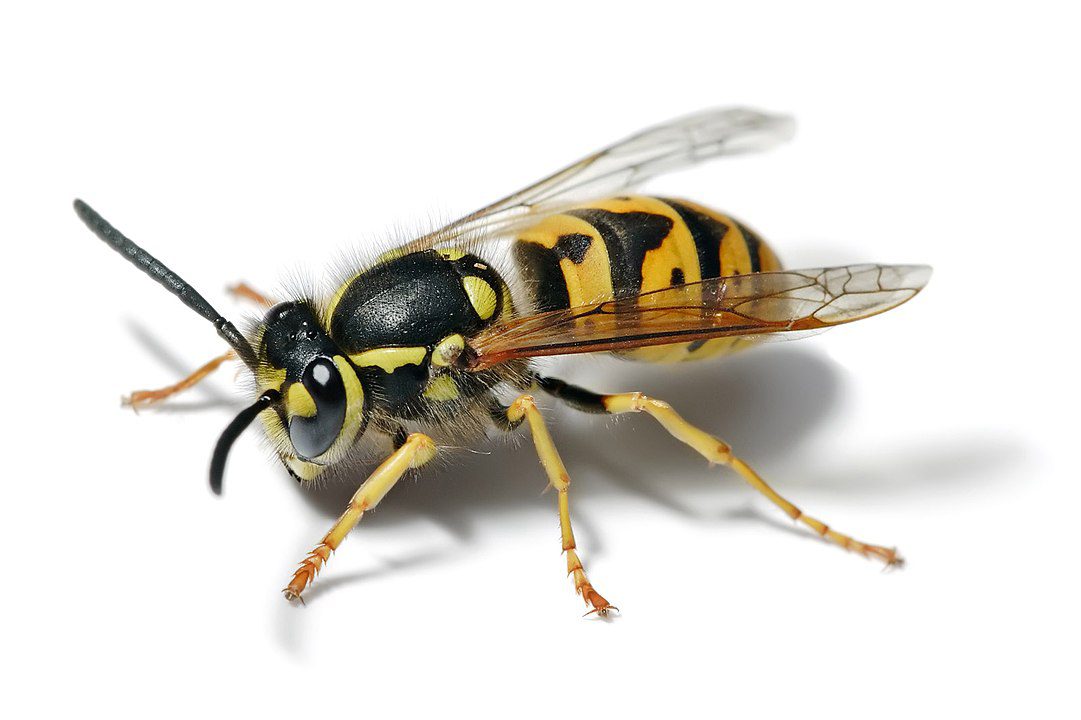
Yellow Jackets (Social Wasp):
- They can eat other insects as well as human food.
- They may repeatedly be stinging when you provoke them.
- The worker measures 15 millimetres long while the queens measure 19 mm long.
- They are equipped with two pairs of wings and alternate yellow and black bands.
Common Wasp:
- They have two black antennae and move about in a tight circle with the legs of their bodies.
- Their dimensions range between 12 mm and 16 millimetres.
- They have two pairs of wings. The first pair is larger than the other pair.
- They are considered to be aggressive insects.
Native Paper Wasp:
- There are 35 different paper wasp species found in Australia, including Melbourne.
- Their dimensions vary between 10-22 millimetres.
- They are slim with very slim waists.
- They have tiny heads. However, their antennas and eyes are of medium size.
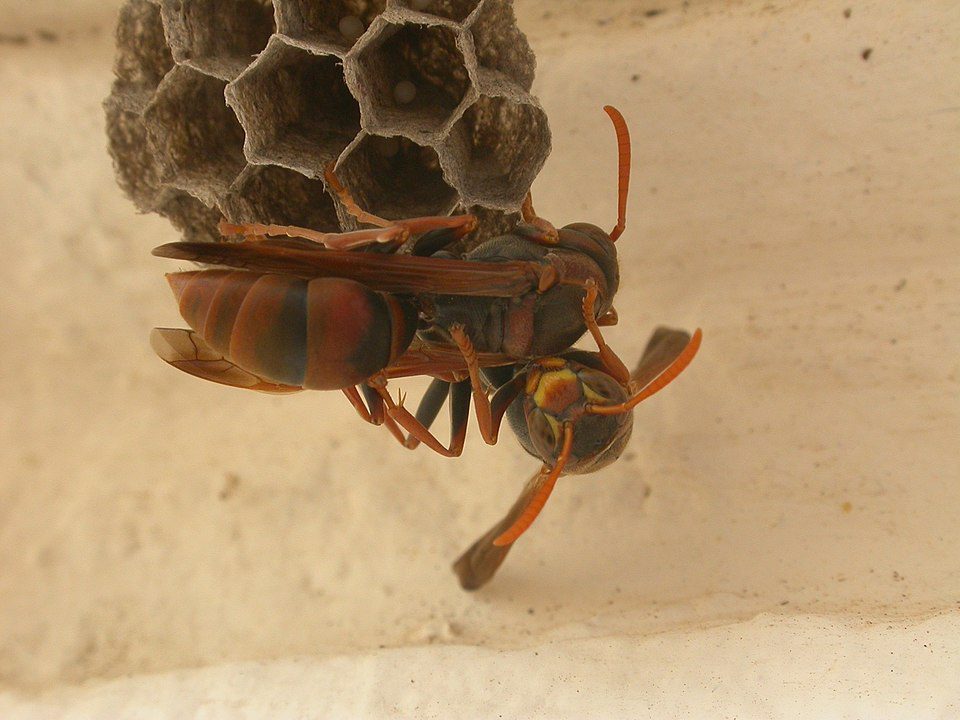
Sand Wasp:
- They measure 22 millimetres in diameter.
- They usually come in black and yellow or black and white with bands.
- They eat nectar and are always looking for insects or flies to provide food for their larvae.
- They aren’t aggressive and do not bite if approached; However, if required to defend the nest, they will attack en masse.
Mud Nesting Wasps:
- Their dimensions range from 5-30 millimetres.
- Their hues range between black and orange and black and yellow.
- They are frequently seen in Melbourne, Australia.
- They reside in woodland forests and urban and forest areas. They eat the nectar from plants, honeydew, and the fluids of insects they capture.
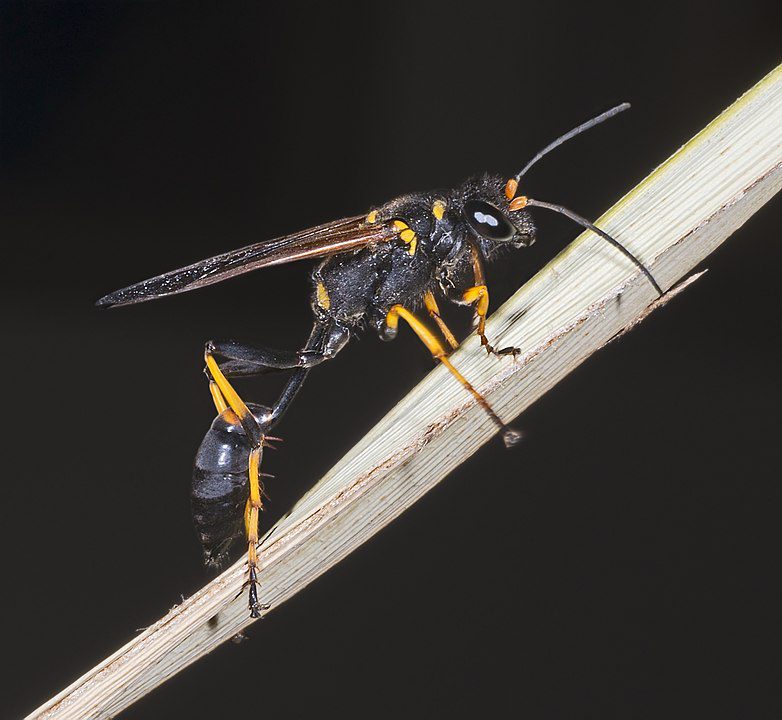
White-faced Brown Paper Wasp:
- Their sizes vary from 0.8 to 10 millimetres.
- They sport an unmarked white face and a brown body, with rings of White around the chest as well as the abdomen.
- They typically nest on the top of rocks or trees, in caves and under bridges and in homes.
- They are considered pollinators, making them beneficial to the environment and advantageous to include in your garden.
Tree Brown Paper Wasps:
- Their size ranges in size from 0.8 to 12 millimetres.
- They are yellow with black or dark brown marks on their head, thorax, and abdomen.
- They are usually located in urban gardens, forests and woodlands.
- They are typically found on the sides of buildings and in hollow trees.
Types Of Wasp Nests Found In Commercial Properties In Melbourne
The most popular types of nests businesses and homeowners in Melbourne are plagued by are ground nests, mud daubers and nests made of paper.
- Ground Nests – These kinds of nests contain ground-digging wasps. They are usually found around the home and in business structures, and females have often been known to sting when provoked.
- Paper Nests Paper Nests – The most popular species found throughout Melbourne are European Paper Wasps and Asian Giant Hornets. Nests of these species are often found in the drains on homes or commercial structures, stairs or porches, or hanging from tree branches.
- Mud Daubers – Their nests are constructed out of dirt. They are usually considered an annoyance and are not a threat to humans because they are famous for not ever stinging anyone, but it is essential to control and remove services in place.
How to Inspect if There is a Nest Nearby?
Hornet and wasp nests are usually easy to spot, but if you need more time, it’s best to call a pest control professional. Here are some tips on how to identify wasp nests:
- Look for wasp galleries or nest cavities near buildings, trees or other elevated areas.
- Check around water sources (buildings and pools)
- Paper wasps often build their nests next to bodies of water because they need moisture for the larvae’ food source.
- Listen carefully for the characteristic buzzing noise these insects make when active.
- Look for yellow or black paper wasp nest walls.
These are the warning signs that a nest is nearby. Our pest control professionals will have the appropriate equipment and know-how to remove wasps nests safely.
The Best Wasp & Hornet Control Services You Can Rely On
If you’re experiencing wasp or hornet infestation in your home, getting professional help as soon as possible is essential. Here are some of the pest control services we offer:
- wasp nest removal
- wasp nest management
- wasps and hornets control
Wasp control is a field of pest control that deals with wasp and their nests. Wasps have been known to sting animals, humans and other creatures in danger.
Why Should You Choose A1 Pest & Weed Control In Melbourne
There’s no denying that hornets and wasps can be a nuisance. They can cause a lot of damage to your property and swarm around your house in droves. That’s why getting professional help when removing their nests is essential. A1 Pest & Weed Control specializes in this service and is highly experienced in dealing with hornet and wasp nests.
Our team of experts is trained to safely remove the nests without causing any damage or harm to the surrounding area. We also provide bee pest control services that prevent the bugs from reproducing and damaging your property. Contact us today to learn more about our services – we would be happy to answer any questions you have!
How to Avoid Getting Stung By a Wasp Or Bee?
To avoid getting stung by a bee or wasp, follow these guidelines:
- Wear light-coloured clothing and avoid scented soaps, shampoos, and deodorants.
- Wash your clothes daily in work areas to eliminate insect smells.
- Be careful when eating and drinking outdoors, and keep calm when encountering wasps or bees.
- Avoid hanging around hives if you can; they are primarily active at night.
- Although most insects are sensitive to smells in the air, they will not detect your presence after 10 seconds if you stay away from nests, colonies, or swarms.
- Finally, remember that even if you do not get stung directly by an insect, its nest may contain poisonous substances that could harm you.
How to Treat a Wasp Or Bee Sting?
If you’re stung by a bee or wasp, follow these steps to reduce pain and swelling:
- Remove the stinger if it’s still attached with soap and water. See a doctor for removal if the sting is more than a few inches deep.
- Apply an ice pack or cold compress to the sting site for 30 minutes to reduce pain and swelling.
- Wash the area well with soap and water, then apply a cold or ice pack wrapped in cloth (10 minutes on, 10 minutes off) to reduce swelling and pain if a sting occurs on an arm or leg.
- Call a doctor if the sting causes severe pain or swelling, wasp venom is present in the sting, or you notice any other symptoms of wasps and bees such as tingling, difficulty breathing, dizziness, muscle weakness etc.
What are some of the most common types of wasps in Melbourne?
Some of Melbourne’s most common types of wasps include Yellow Jacket, Paper Wasps, Carpenter Bee Swarmers, and Mud Daubers. Hornets and wasps are commonly seen in Melbourne because they thrive in warm climates.
If you notice any nests or colonies of hornets or wasps inside or outside your home, don’t hesitate to call us for a free consultation. We have years of experience when it comes to removing hornets & wasps from homes and businesses – give us a call today!
How do I get rid of a wasp’s nest without causing any damage to my property?
If you’re looking for a professional wasp removal service, you can contact one of the many companies available such as ours. Our company has the right equipment and experience to safely and correctly handle the job.
Some of the most common methods used by wasp removal professionals are heat, bait, or pesticide. It’s important to call an expert if you need help with how to remove a nest yourself, as incorrect techniques may harm your property or the hornets in question.
Should I call a professional to remove the wasp’s nest?
If you’re ready for a challenge and are determined to remove the wasp’s nest on your own, then by all means, go for it! However, professional pest control services are likely more effective and faster than trying to remove a wasp’s nest yourself. Not only will they be able to get to the nest faster and with less hassle, but they’ll be equipped with the right tools and know how to deal with wasp’s nests effectively.
Plus, during summer nesting season, some wasps’ nests may be hard to access due to their location or the nest’s structure. In these cases, a professional pest control service may need to use a stingray or other method of getting inside the nest.
Finally, if you’re serious about keeping your commercial business free from pests, hiring a professional pest control service is the way to go!
